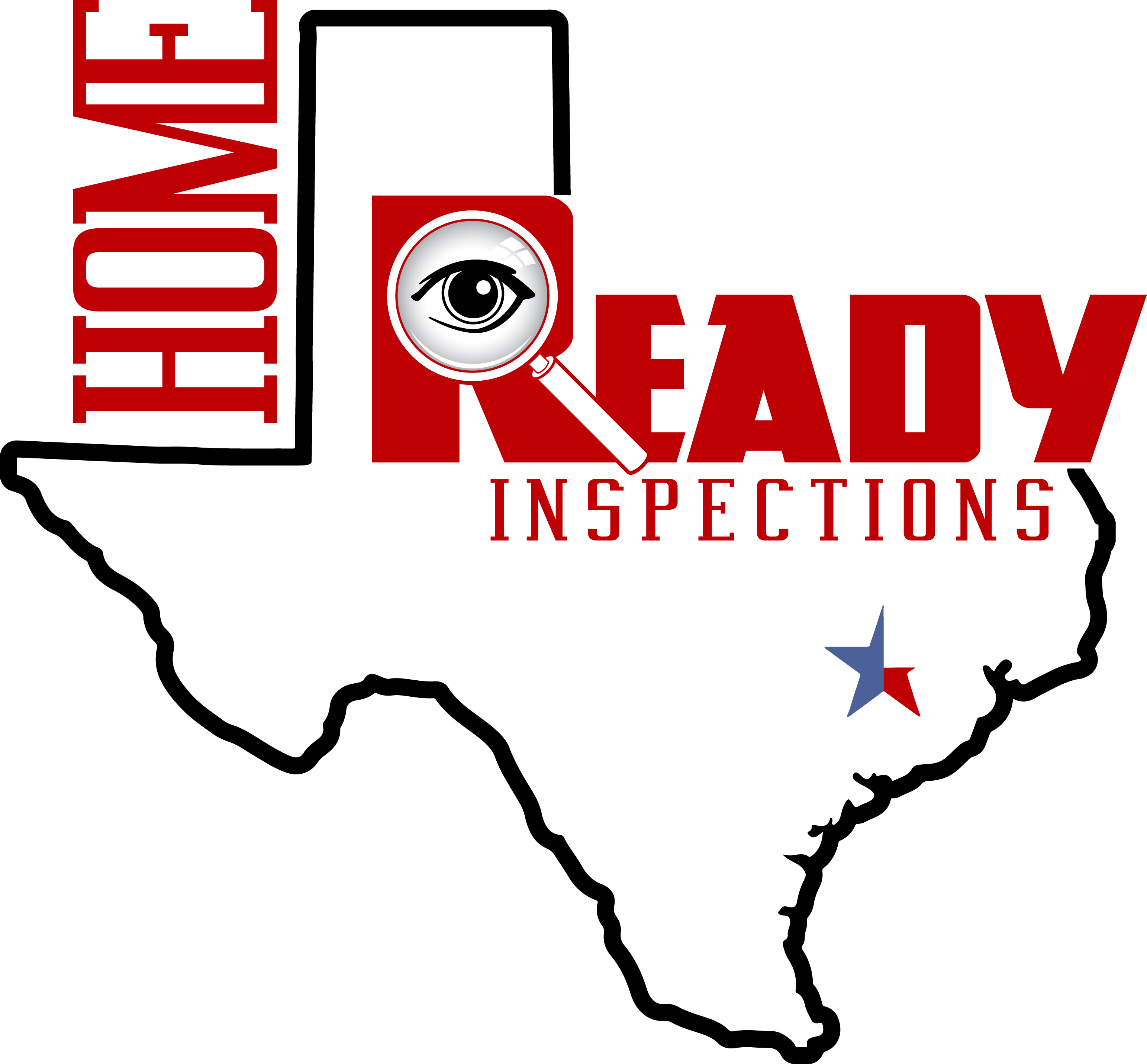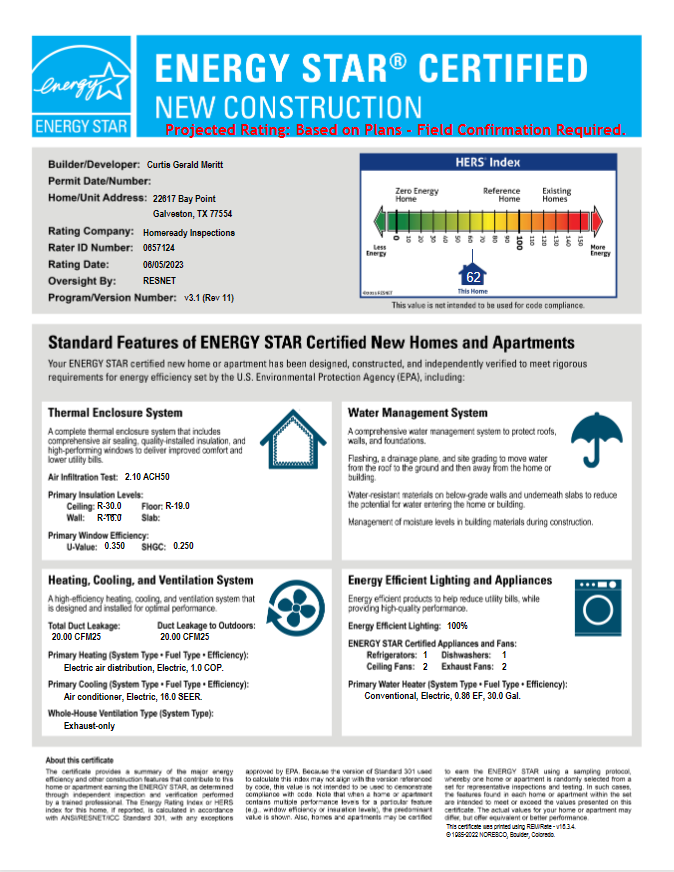What is Energy Star?
Energy Star is a voluntary program launched by the EPA and DOE to promote energy efficiency. It establishes standards for energy-efficient products and offers a recognizable label for them. Energy Star-certified products are designed to consume less energy without compromising performance.
The program covers a wide range of products, including appliances, electronics, lighting, heating and cooling systems, and even buildings. When consumers choose Energy Star-certified products, they can expect reduced energy consumption, leading to cost savings on utility bills.
Energy Star plays a significant role in environmental preservation by helping to reduce greenhouse gas emissions associated with energy use. By encouraging the adoption of energy-efficient practices, the program contributes to a more sustainable future.
The impact of Energy Star extends beyond the United States. It has inspired similar energy efficiency labeling programs in other countries, fostering a global movement towards energy conservation.
Energy Star is a voluntary program that sets energy efficiency standards, provides a recognizable label for certified products, and promotes sustainable practices. By choosing Energy Star-certified products, consumers can save energy, lower costs, and contribute to a greener environment.
What is the 45L Tax Credit?
The 45L tax credit is an incentive offered by the United States government to promote energy efficiency in residential properties. It is named after Section 45L of the Internal Revenue Code.
The tax credit is available to eligible contractors or developers who construct or renovate energy-efficient dwellings. These dwellings must meet certain energy efficiency criteria specified by the IRS (Internal Revenue Service). The criteria include specific requirements for heating, cooling, and building envelope components, such as insulation, windows, and doors.
The 45L tax credit provides a financial benefit to the eligible parties. The credit amount is $2,000 per dwelling unit that meets the energy efficiency standards. This credit is claimed on the federal income tax return for the year the property is placed in service.
To qualify for the tax credit, the construction or renovation must meet certain criteria, such as achieving a level of energy efficiency that is at least 50% higher than the standards set in the 2006 International Energy Conservation Code (IECC) for homes. The credit is available for both new construction and substantial renovation projects that improve the energy efficiency of existing dwellings.
It’s important to note that the 45L tax credit is a temporary provision and has expiration dates. The credit was most recently extended through December 31, 2021, as part of the Consolidated Appropriations Act, 2021.
The 45L tax credit aims to incentivize energy-efficient construction practices, reduce energy consumption in residential buildings, and promote sustainability in the housing sector. By offering financial incentives, the government encourages the adoption of energy-efficient technologies and practices, contributing to energy conservation and environmental protection.
How do you qualify for the 45L tax credit?
To qualify for the 45L tax credit, which is applicable in the United States, certain criteria need to be met. Here are the general requirements for eligibility:
1. Dwelling Type: The tax credit applies to newly constructed or substantially renovated residential properties. This includes both single-family homes and multi-family buildings with three or more floors above grade.
2. Energy Efficiency Standards: The property must meet specific energy efficiency standards outlined by the IRS. The energy efficiency criteria are based on heating, cooling, and building envelope components such as insulation, windows, doors, and air sealing.
3. Energy Savings: The property must achieve energy savings that exceed the requirements of the 2006 International Energy Conservation Code (IECC) by at least 50%. The specific energy performance targets vary based on factors like location, dwelling size, and number of units.
4. Certification: The property needs to be certified as meeting the energy efficiency requirements by an eligible certifier, such as a qualified architect or engineer.
5. Placed in Service: The property must be completed and placed in service after August 8, 2005, and before December 31, 2021. It’s important to note that the availability and expiration dates of the 45L tax credit may be subject to changes, so it’s advisable to consult the IRS or a tax professional for the most up-to-date information.
To claim the tax credit, the eligible contractor or developer can include it as part of their federal income tax return for the year the property is placed in service.
It’s crucial to consult the official IRS guidelines, forms, and regulations or seek advice from a qualified tax professional to ensure compliance with all requirements and eligibility for the 45L tax credit.
For More information Click Here
Or call us at
(713) 370-HEAT


Recent Comments